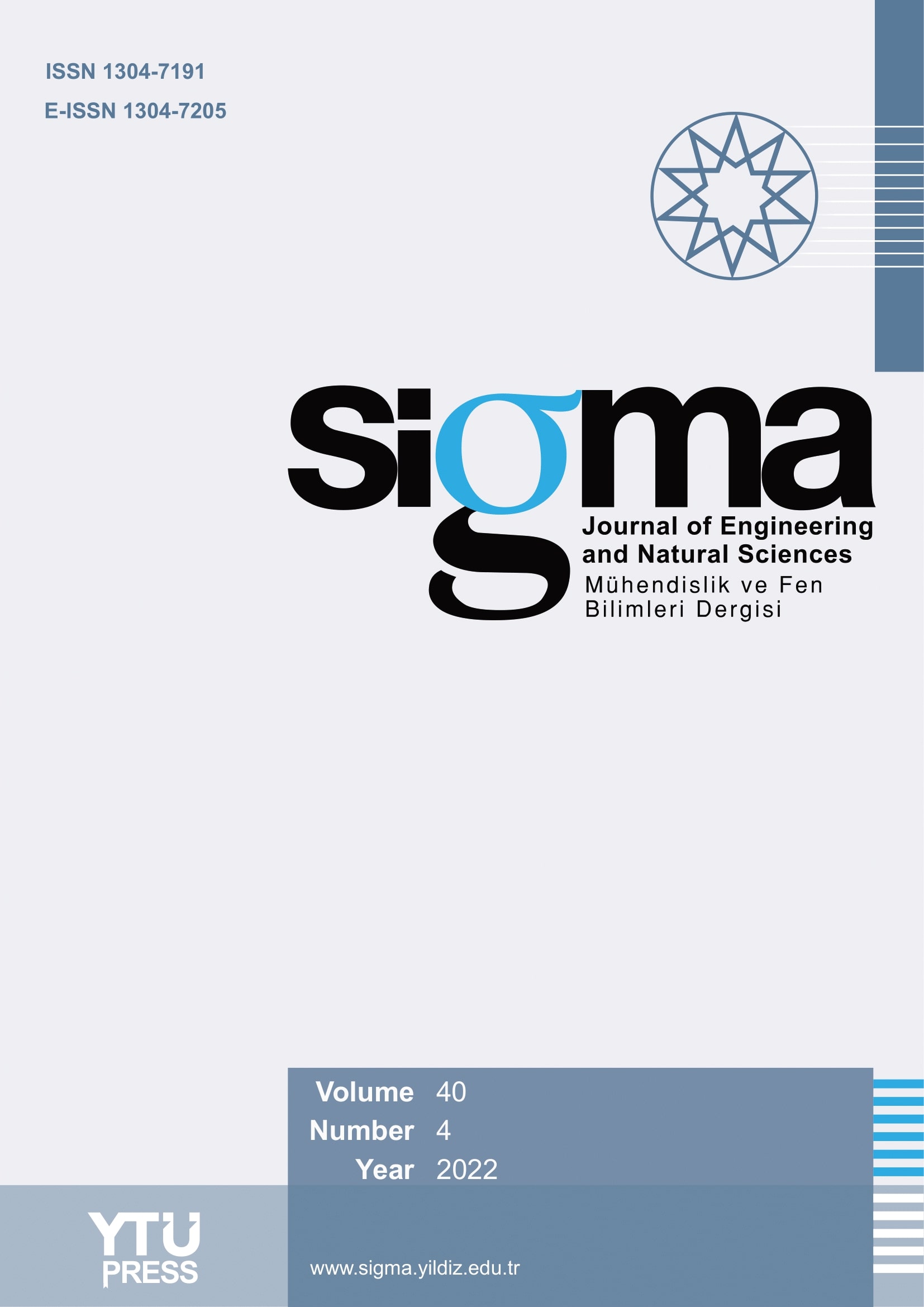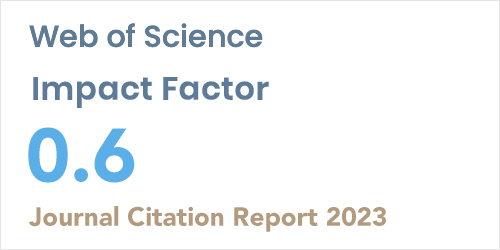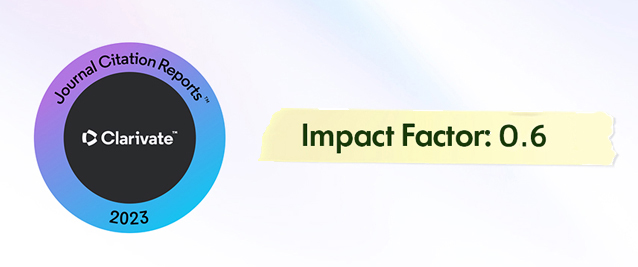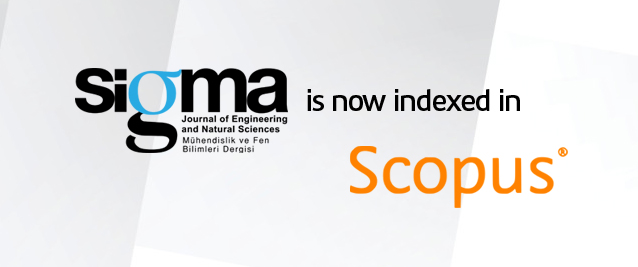2Department of Computer Programming, İzmir, İzmir Kavram Vocational School, 35320, Türkiye
Abstract
The Haar cascade model is one of the currently used object recognition models. It is more successful in some ways than the more popular YOLO model. Although Haar cascade is often known from face recognition applications, it is also used to identify various objects other than face identification. Factors such as the geometric structure and the color complexity of the objects, the number of images in training dataset, the presence of different orientations belonging to the same object and the background themes of the visuals directly affect the training success of the model. Since the training of the model takes a long time and the level of success of the model could not anticipated before the training, a predictive success theory has been implemented in this study. It works based on image complexity obtained by detecting the contrasts between the pixel values of the image including related object. Within the scope of the study, first, the training process of 20 different objects on the Haar cascade was carried out and the behavior of the Haar cascade model regarding the objects was analyzed. In this context, 12 different training experiments were conducted for each object, and a total of 240 experiments were realized with the varying number of images. It has been revealed that the learning process of the images with high color complexity was slower and these datasets should be richer in terms of size. Also, it has been seen that the dataset success results predicted in the predictive success calculation and the object recognition successes obtained with Haar cascade are compatible with each other. With the predictive calculation proposed in this study, it was analyzed how to predict the success of the dataset without any training. According to the findings, educational success was predicted with a margin of error of +/- 7%.














